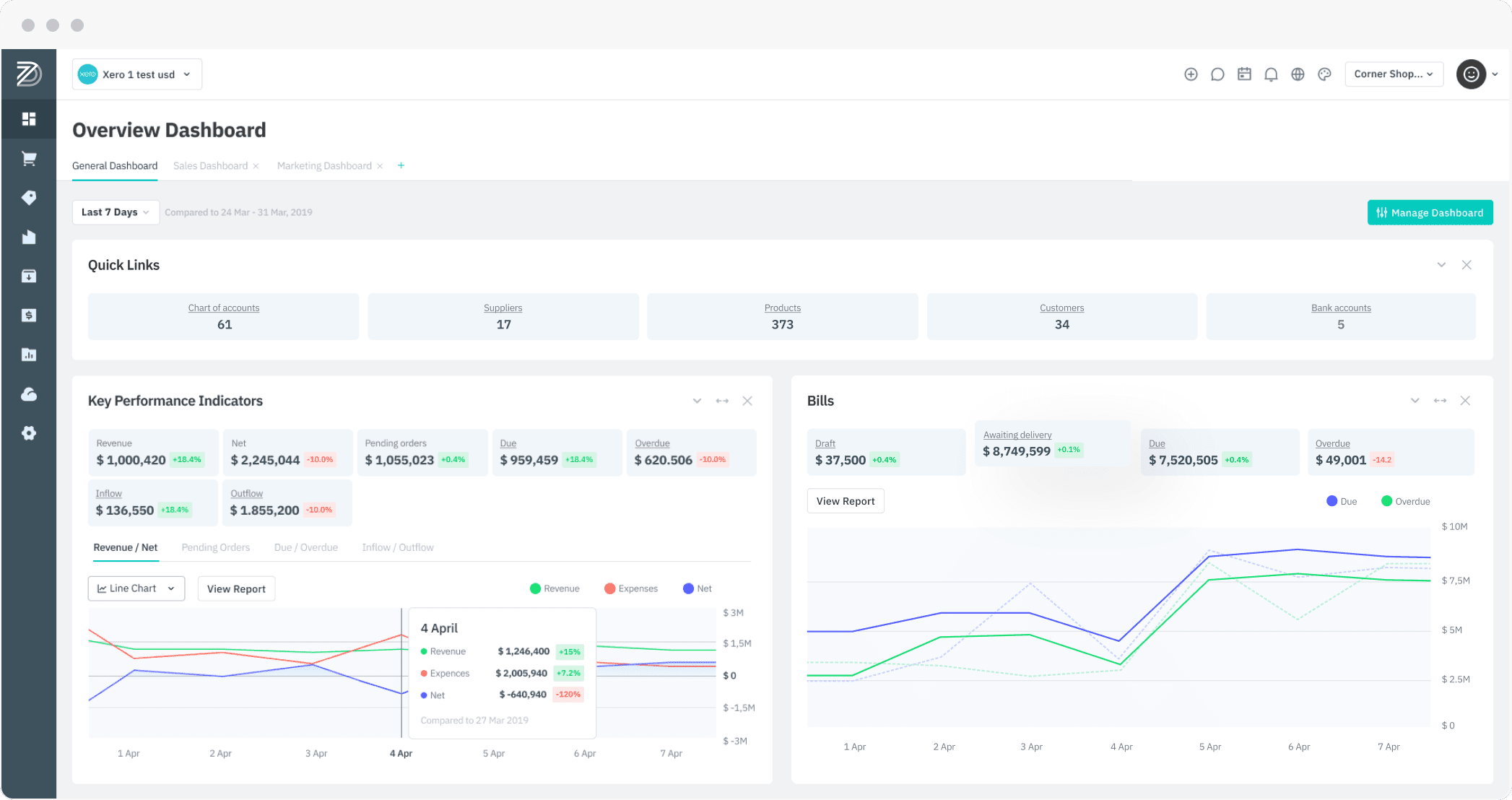Inventory management is critical for any size of business. The way you value your inventory is the difference between a profit and loss. Inventory valuation affects your company’s profit margin, assets, working capital, and shareholder’s equity.
The tax law allows your company to use different inventory valuations for tax reporting, and it must be careful how it records physical inventory counts.
Importance of Valuing Inventory
If your company produces or purchases goods for resale, then you must accurately count the inventory on hand. As per the accounting principles, a company’s inventory must be reported at tax time using an inventory accounting method.
As per Investopedia, first-in, first-out, or FIFO assumes that the company’s first unit of inventory is first sold. On the contrary, last-in, last-out, or LIFO counts the last unit entering inventory to be the last sold.
The average cost inventory method would produce an inventory valuation in between FIFO and LIFO and produce middle-of-the-road results in terms of financial ratios. The standard cost system would assign you a standard or expected cost rather than actual costs.
Read more: 9 Tips for Better Retail Inventory Management
Types of Inventory Methods
Inventories are valued in the “Current Assets” part of the balance sheet using one of the below five methods. You must note that these methods are affected by the system used to update inventory – “periodic” or “perpetual.”
A periodic system updates the inventory at the end of an accounting period, while a perpetual system updates it every time a change in inventory occurs.
FIFO Method
The First-In-First-Out method assumes that the items purchased or produced first must be sold first. Costs of inventory per unit or item should be determined at the time made or acquired.
Later, the oldest cost (first-in) is matched against revenue and assigned to the sold goods. The ending inventory balance would reflect recent inventory costs.
LIFO Method
The Last-In-First-Out is the reverse of FIFO. The latest cost is assigned to the cost of goods sold and then matched against revenue. Some systems let you determine the costs of goods at the time acquired or made and assign costs to goods sold, assuming that the goods produced or received last are sold first.
Costs of specific goods made or acquired are added to a pool of costs for the type of goods. Here, the business may maintain costs under FIFO but track an offset in the form of a LIFO reserve.
The LIFO reserve represents the difference in cost of inventory under the FIFO or LIFO assumptions. Such amounts may differ for financial reporting and tax purposes in the U.S.
Dollar Value LIFO Method
The dollar value LIFO method is a variation of LIFO. Any increase or decrease in the LIFO reserve is determined based on dollar values rather than quantities.
Retail Inventory Method
Resellers of goods typically use the method for simplifying record-keeping. The calculated cost of goods on hand in the ending period is the ratio of the cost of goods acquired to the retail price of the goods that are on hand.
The cost of goods acquired includes beginning inventory as previously valued plus the purchases. Cost of goods sold is beginning inventory plus purchases less the calculated cost of goods on hand during the end period.
Average Cost Method
It relies on the average unit cost to calculate the cost of goods sold and ending inventory. Many variations on the calculation may be used, including moving average and weighted average.
Read about: Periodic vs Perpetual Inventory: Here’s What you Need to Know
Impact on Financial Statements
The choice of inventory method must reflect your company’s economic circumstances to create accurate financial statements.
Adding to the inventory method you choose, using a perpetual or periodic inventory system affects the amount of current assets in your balance sheet and also the gross profit in the income statement while changing prices.
Period of Rising Prices
Under FIFO: Ending inventory and total current assets are higher. Also, the cost of goods sold is lower, and the gross profit is higher.
Under LIFO: Ending inventory and total current assets are lower. Also, the cost of goods sold is higher while gross profit is lower.
Period of Falling Prices
Under FIFO: Ending inventory and total current assets are lower. Also, the cost of goods sold is higher while gross profit is lower.
Under LIFO: Ending inventory and total current assets are higher. Also, the cost of goods sold is lower, and the gross profit is higher.
Dear Systems Inventory Management Software
Your company would need robust inventory management software to calculate the cost of goods sold in real-time automatically.
You probably want software that would automatically track fluctuations in prices for POs and suppliers. Plus, helping you get the best deal on your goods.
Where do you find inventory management software that would deliver accurate reporting and so much more?
Right here at Dear Systems.






